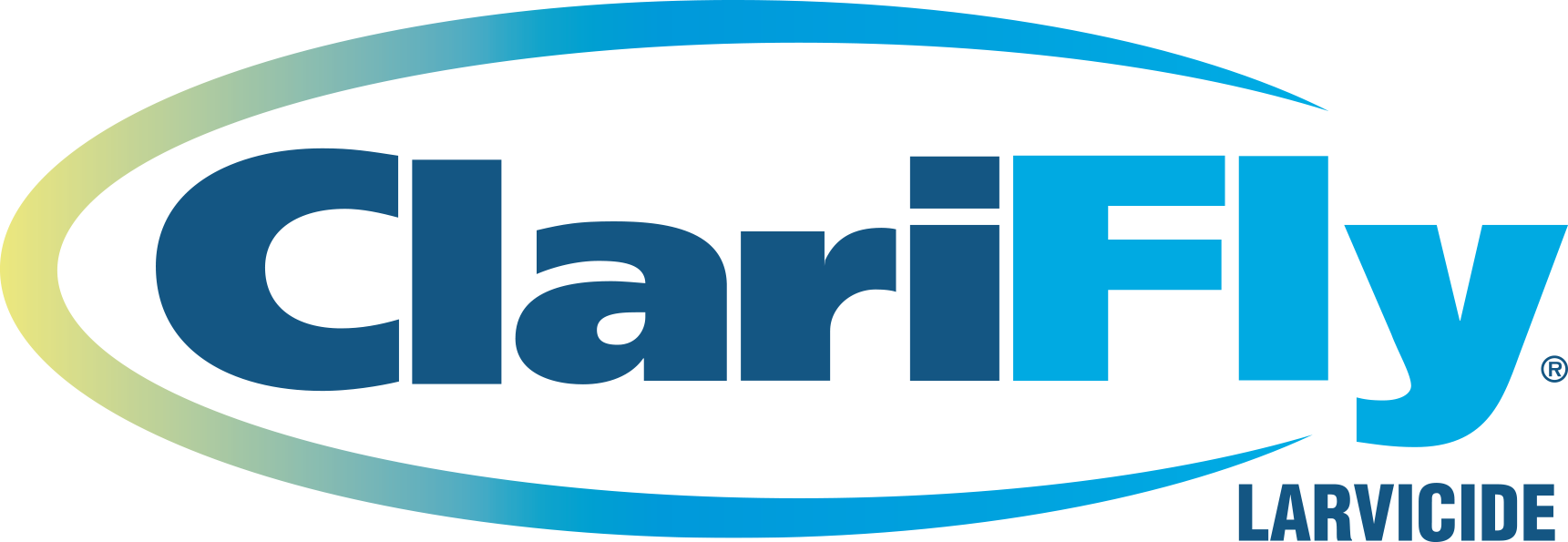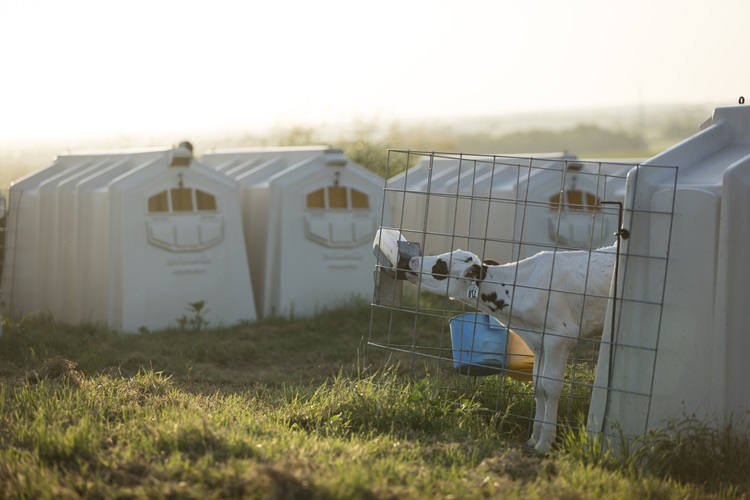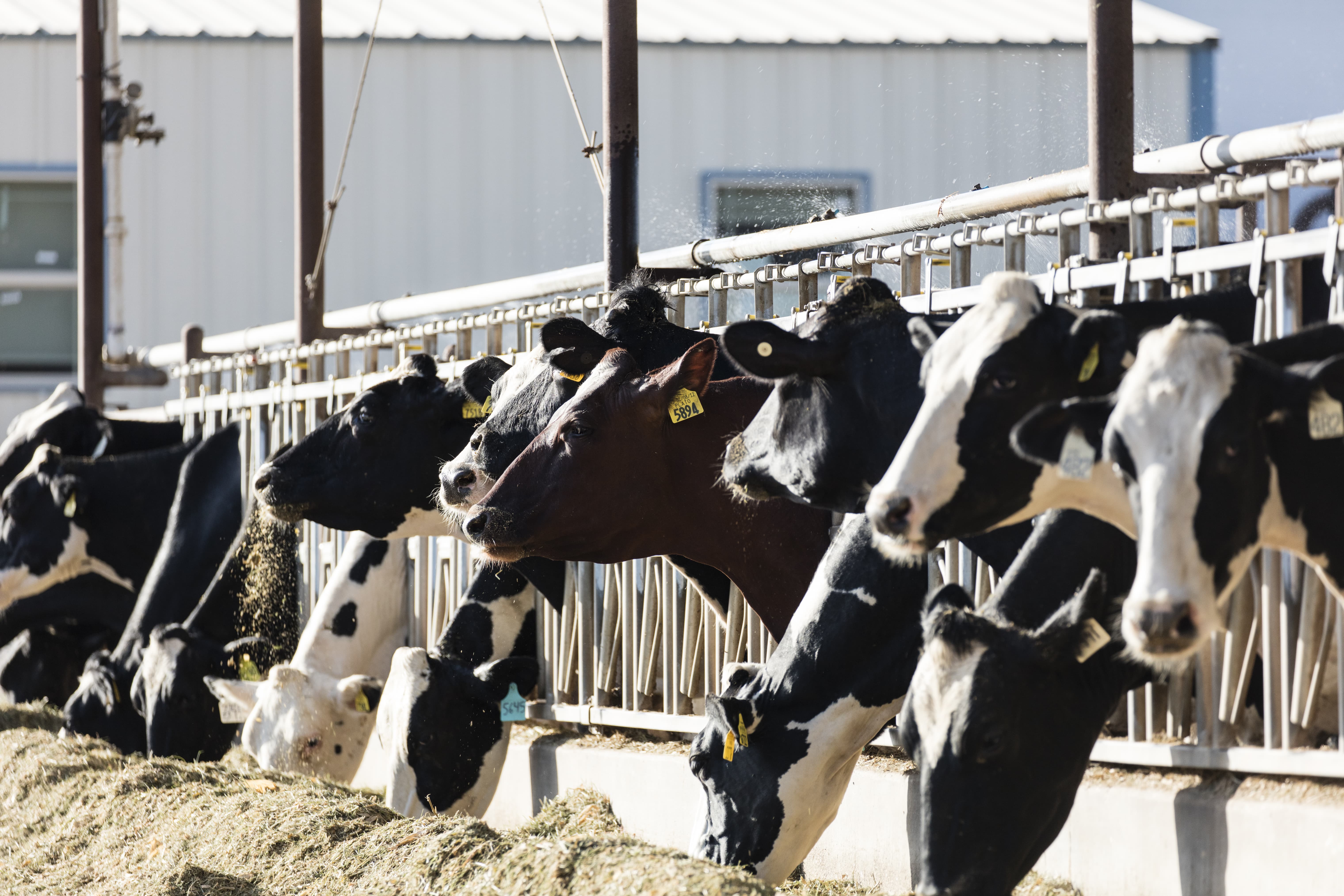How to Promote Cow Comfort in the Summer Heat
The summer months have arrived, and for most producers, those hot summer temperatures have already made their presence felt. These raised temperatures are responsible for causing heat stress in cattle which can result in a variety of health problems, from decreased breeding efficiency and lower milk production to unhealthy weight gains and sometimes death. Promoting cow comfort during this time is key for the short and long-term health of your operation. Read on to learn the signs of heat stress and tips for cooling cows and minimizing the impact of flies during the summer heat.
Tips for Promoting Cow Comfort
1. Ensure proper bedding
This is essential in relieving both heat stress and the number of flies surrounding your cattle. Dry bedding will decrease fly gatherings by providing less damp conditions for them to gather and lay eggs. It also helps keep your cows' coats clean, helping rid of another spot where flies commonly rest.
2. Provide additional clean water
As cattle's water intake naturally increases during summer months, it's paramount for farmers to provide additional water supply to accommodate them. Make sure that each water source is clean and contaminant-free, as any excrement found in a watering tanks will prevent your cattle from consuming it. Operators can keep their water cool and in line with cattle preference by making sure all water lines are covered by grass in the fence rows.
3. Provide proper shade and ventilation
During the summer months, providing proper shade is essential for dark-haired cattle. This can be easily provided by allowing access to open buildings and pasture with trees. If your cattle is already housed in an enclosed barn or building, maximize air flow by making sure all fans are working properly to move air throughout the building, or open sides of the building to provide access to pasture with shade or an outdoor pen.
4. Feed cows when it’s cool
Cows don’t eat as much when they're hot, so one easy way to maintain their diets during summer heat is to adjust feeding times towards the cooler portions of each day. It's also encouraged to increase the number of times feed is pushed up to minimize sorting.
Signs of Heat Stress in Cattle
This information was gathered from the USDA’s Agricultural Research Service:
Stage 1: elevated breathing rate, restless, spend increased time standing
Stage 2: elevated breathing rate, slight drooling, most animals are standing and restless
Stage 3: elevated breathing rate, excessive drooling or foaming, most animals are standing and restless, animals may group together
Stage 4: elevated breathing rate, open mouth breathing, possible drooling, most animals standing, animals may group together
Stage 5: elevated breathing with pushing from the flanks, open mouth breathing with tongue protruding, possible drooling, most animals standing and restless
Stage 6: open mouth breathing with tongue protruding, breathing is labored, and respiration rate may decrease, cattle push from flanks while breathing, head down, not necessarily drooling, individual animals may be isolated from the herd.



